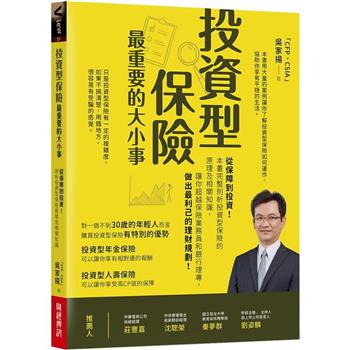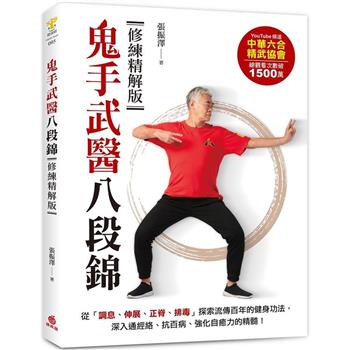The fabled nineteenth-century migration to the American West was filled with peril and despair. From sailing ship to covered wagon, ambitious young pioneers endured six months of unprecedented, largely unanticipated personal hardship - that is, if they survived the trip. Death was a constant companion and the promised land proved as lethal as it was fickle. Land of the Dead explores how the demands of survival and adaptation during Westward Expansion changed the way we have buried and grieved for our dead in America. That custom was one of many transformations an outlier adolescent culture wrought upon the nation that spawned it.
Nowhere did these changes play out more dynamically than in California, particularly in the quintessential American boom city - gold rush San Francisco, which banned burials at the turn of the twentieth century and then decreed the removal of 150,000 privately owned graves, the only major metropolis to execute a complete eviction of its dead.
The epic cemetery battle began early, when San Francisco was still a remote, wannabe great city, and raged on for over half a century, replete with fiery polemics, political intrigue, nasty legal wrangling, and divisive elections. Public cemeteries were dispatched quickly but - as time will reveal - hardly well. Private sanctuaries took longer to expunge, and many of its "residents" were overlooked in what has been called "the greatest mass removal of the dead in human history." How could the unthinkable happen? And how did other American cities reckon with the now-precious land once dedicated to their dead.
In this well-researched and well-told history, Terry Hamburg explores how an "instant city" heritage bred that momentous decision and led to the formation of nearby Colma - the largest necropolis in America. Providing a fresh overlay on traditional narratives and revealing a burgeoning nation’s trends and conflicts, Land of the Dead examines how we relate to our ’living dead’ then and now.












